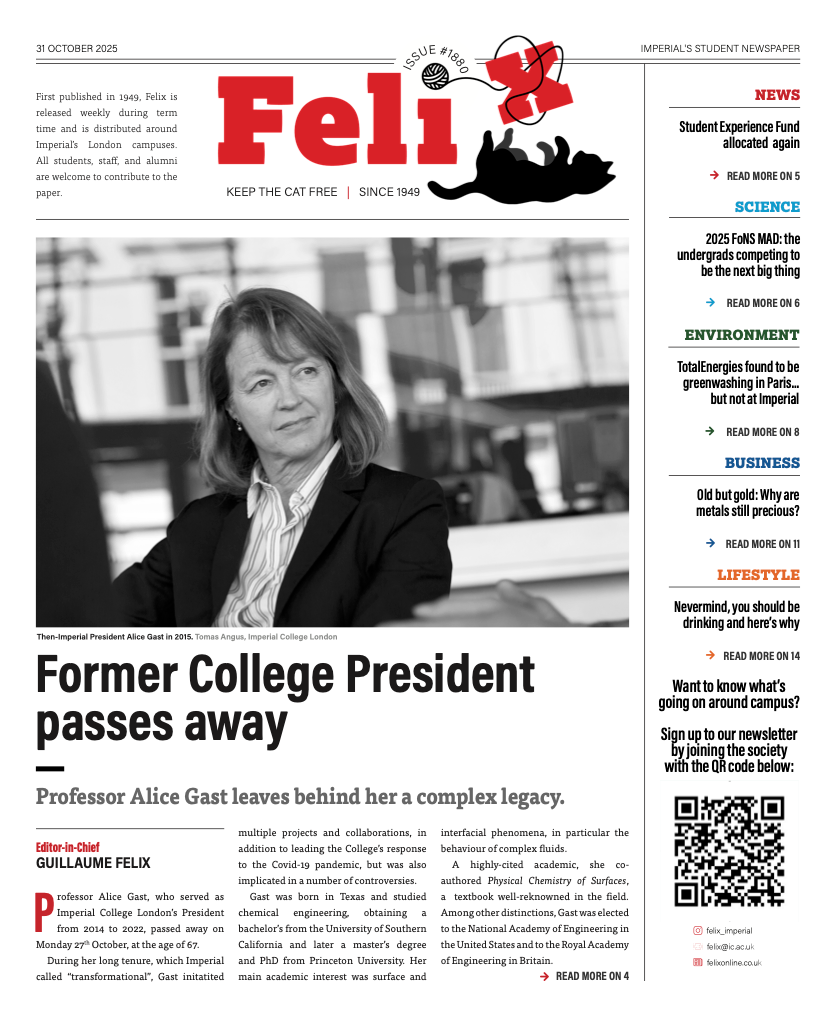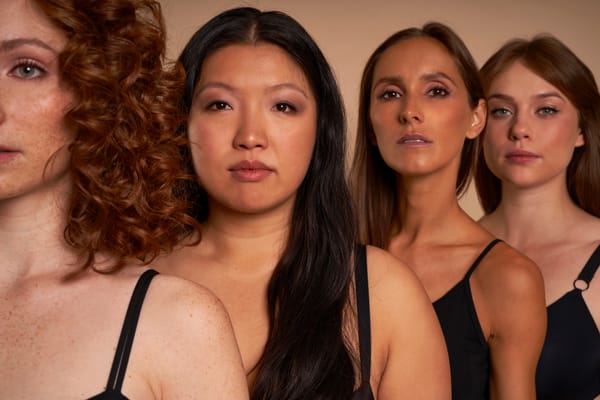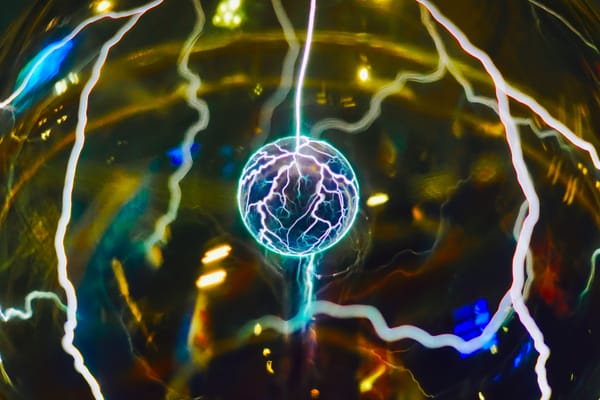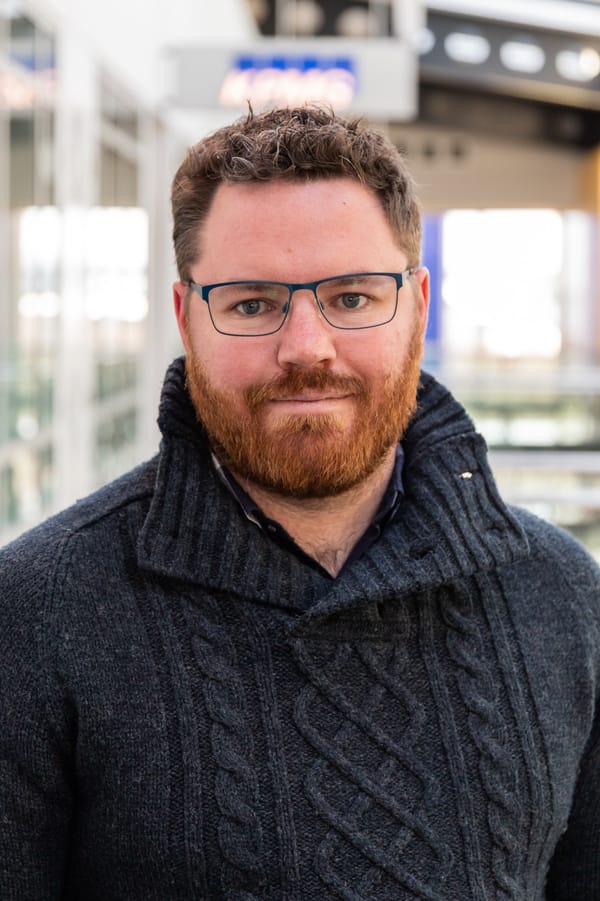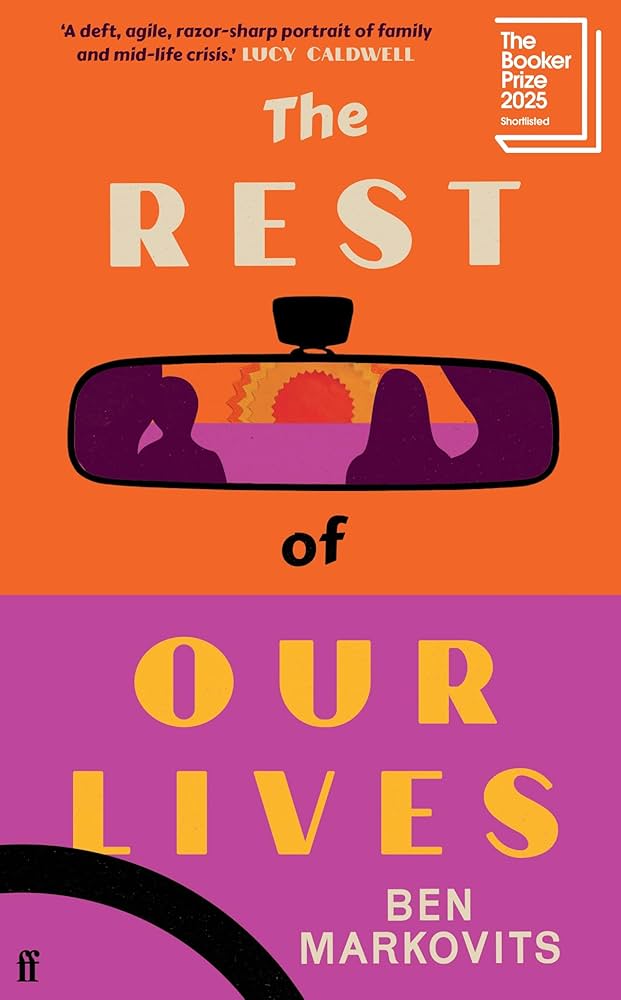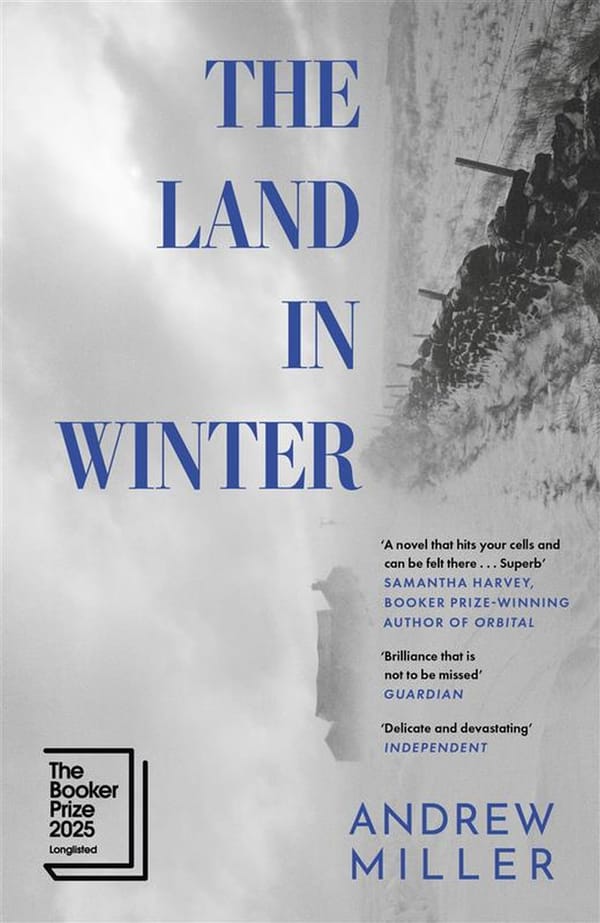The gender bias that nearly killed my mother
And why I feel so compelled to write about it.
Nearly a year ago, I woke up to the sound of my mother screaming at 5:30 a.m. “I’m dizzy,” she gasped, again and again, as if her cries could anchor her back to reality. But within seconds, her eyes lost focus, her body slackened, and she collapsed to the floor.
While my father tried desperately to wake her, I called for an ambulance. By the time the paramedics had arrived, the sun had finished rising, and the pink dawn I woke to had hardened into a cold, decisive blue.
After a brief examination, the paramedics decided that my mother was having a panic attack. They rolled her out, still unconscious, and told me that there was nothing to worry about. Their calm was almost insulting.
The truth is, she was having a stroke. And misdiagnosing it with a panic attack delayed her thrombectomy (the surgical process of removing a blood clot from an artery) by over an hour. Sixty minutes during which her brain was starved of oxygen, each passing moment etching another layer of preventable disability into her future. Instead of waking up with minimal damage, she spent the next year in a rehabilitation center, relearning how to speak, walk, and move her right arm.
I spent much of that period reflecting on the morning of the incident. I don’t know much about neurological disorders, and my degree, though scientific in name, hardly qualifies me for medical triage. However, even I understood that her total unresponsiveness and spasming arms were not just symptoms of anxiety. So why, I wondered, did three trained paramedics and a team of certified doctors in the emergency room need an hour to reach the same conclusion?

What I have since come to understand is what happened to my mother was not a tragic anomaly; it was a textbook case of how medicine too often fails women.
Gender bias in healthcare is pervasive and insidious, and surfaces in a myriad of ways – from misdiagnosis and delayed treatment to the habitual dismissal of women’s pain. Even those of us untouched by catastrophe have likely felt its echo: exhaustion waved off as a hormonal imbalance, pain reframed as anxiety, suffering made out to be psychological.
Although this pattern is shocking, it is neither new nor obscure. It has been researched, written about, and dissected for decades. A cursory search of “the gender health gap” yields pages of reports and blog posts, all diagnosing the same systemic blindness and speculating on its causes.
A medical student at Imperial even told me that their curriculum now explicitly addresses this gender health gap, warning students that such disparities exist and more importantly, that they must be corrected. It seems that the statistics are there and the awareness is widespread. Yet, for some reason, progress remains stubbornly stagnant. Knowing better has not made us do better.
Where numbers fall short, storytelling begins.
A large part of the issue, I believe, resides in the way we communicate it. When we read about gender bias in medicine, it often arrives packaged in numbers. There is almost an emotional detachment to how we talk about it. When I first read that women are 66% more likely to be misdiagnosed than men, it barely registered. It sounded like just another figure reminding us that our institutionalised systems are broken.
My indifference to that statistic stemmed mostly from its abstraction. I find that while numbers can confirm injustice, they cannot make us feel it. Without narratives, numbers remain lifeless.
Stories, on the other hand, breathe life into these cold facts. They fashion distant data into something palatable – something we can picture, feel, and empathise with. They are what make that abstraction human. And if anything were to move us to change, it would be the epistemic power of their words.
That is why I am compelled to write about my mother’s story – because I refuse to let it dissolve into another data point in a PubMed article. In a world that is increasingly reliant on algorithms and numerical evidence, I believe storytelling remains one of the most powerful mediums of communication we have. I want her story to linger in people’s minds long after the numbers fade. If it makes even a single medic hesitate before dismissing a woman’s pain in the future, it will have done what I hoped for.
Of course, these stories alone are not a substitute for necessary reform. But they can insist on resisting the quiet bureaucracy of bias. They remind us about the people behind every statistic, and sometimes, that is where progress begins.


